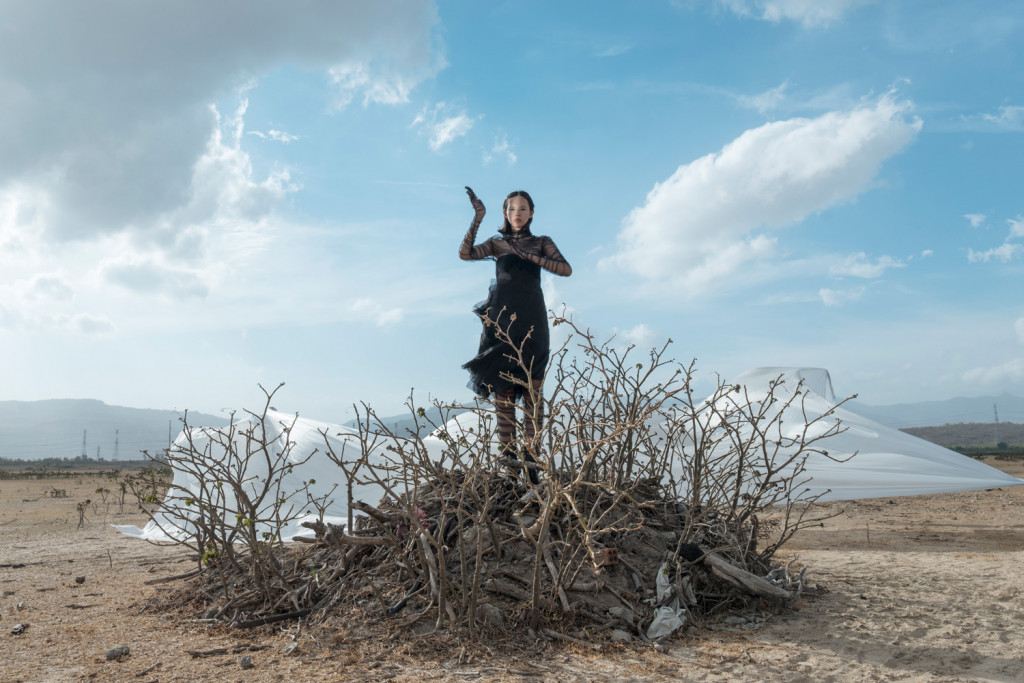
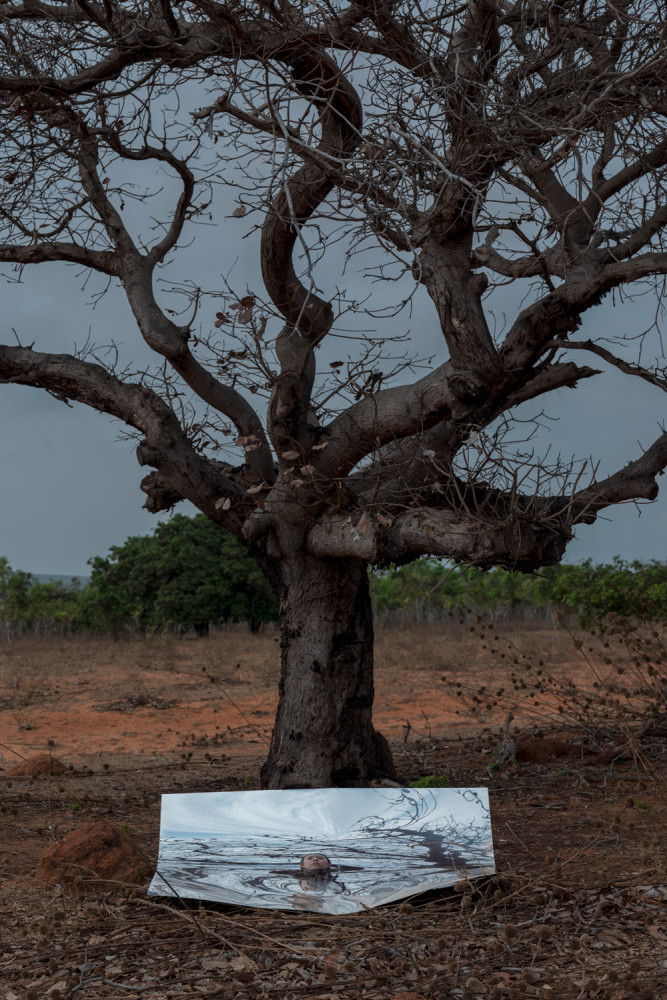
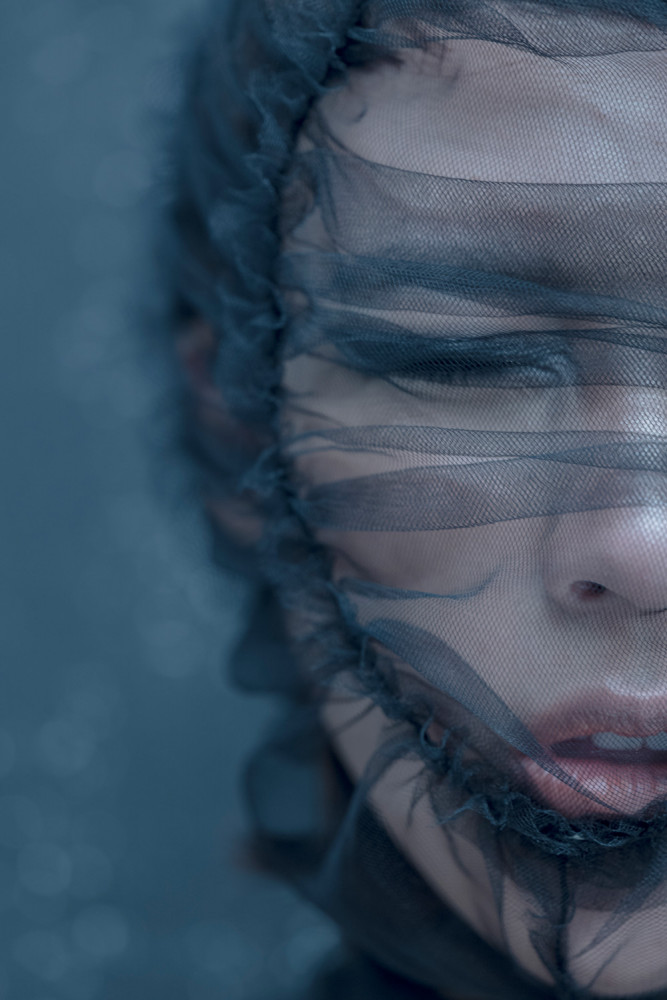

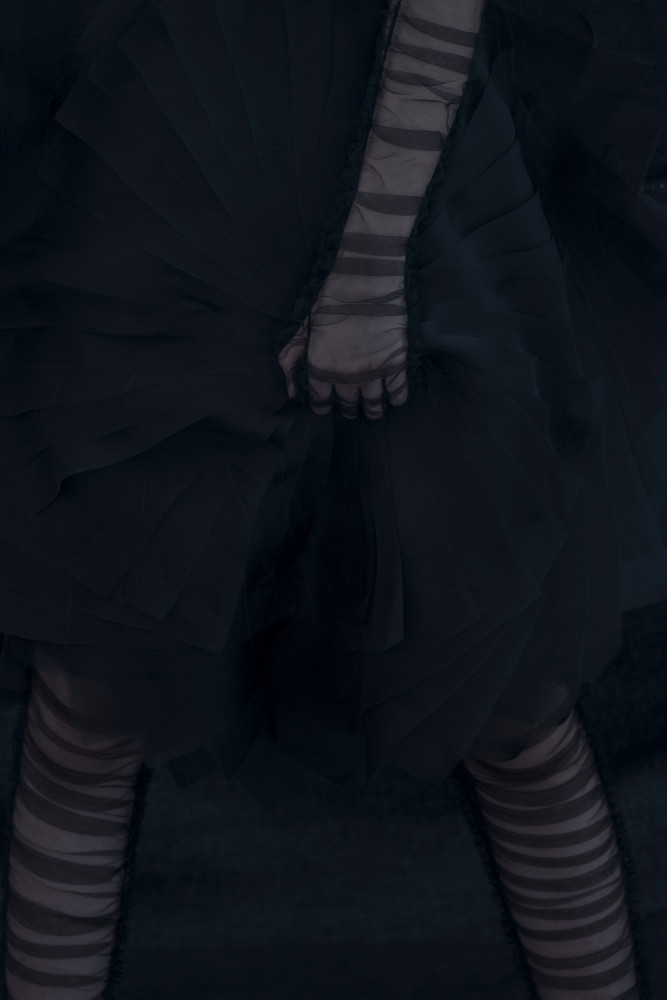
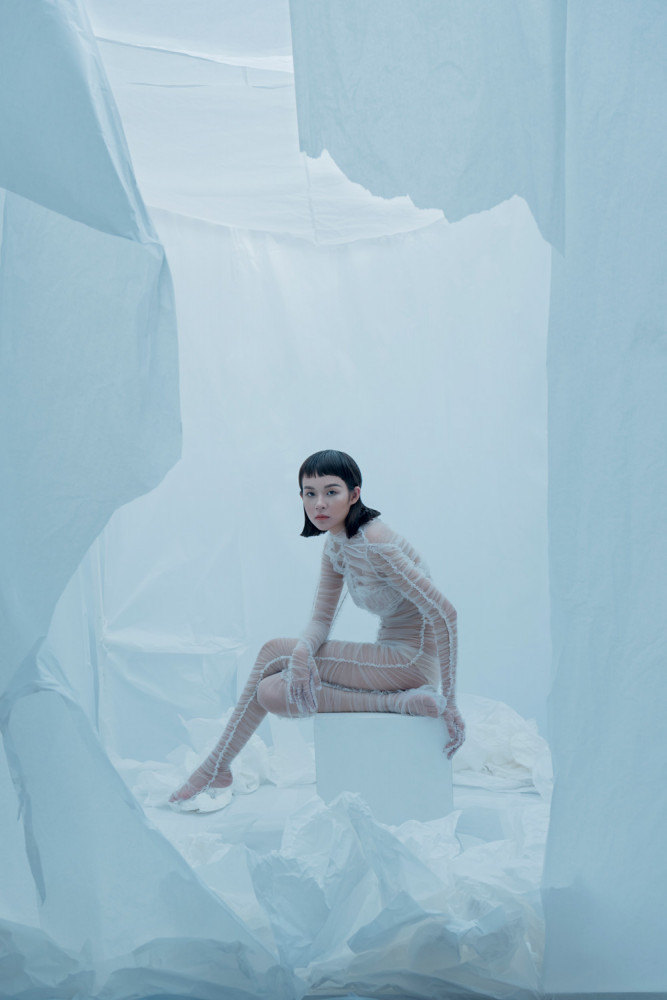
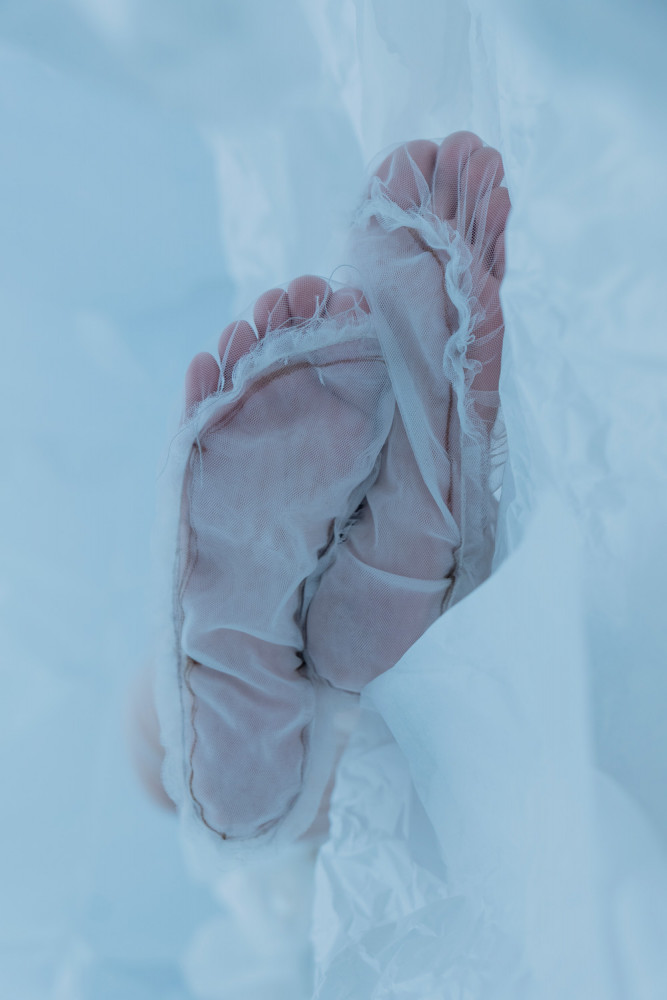
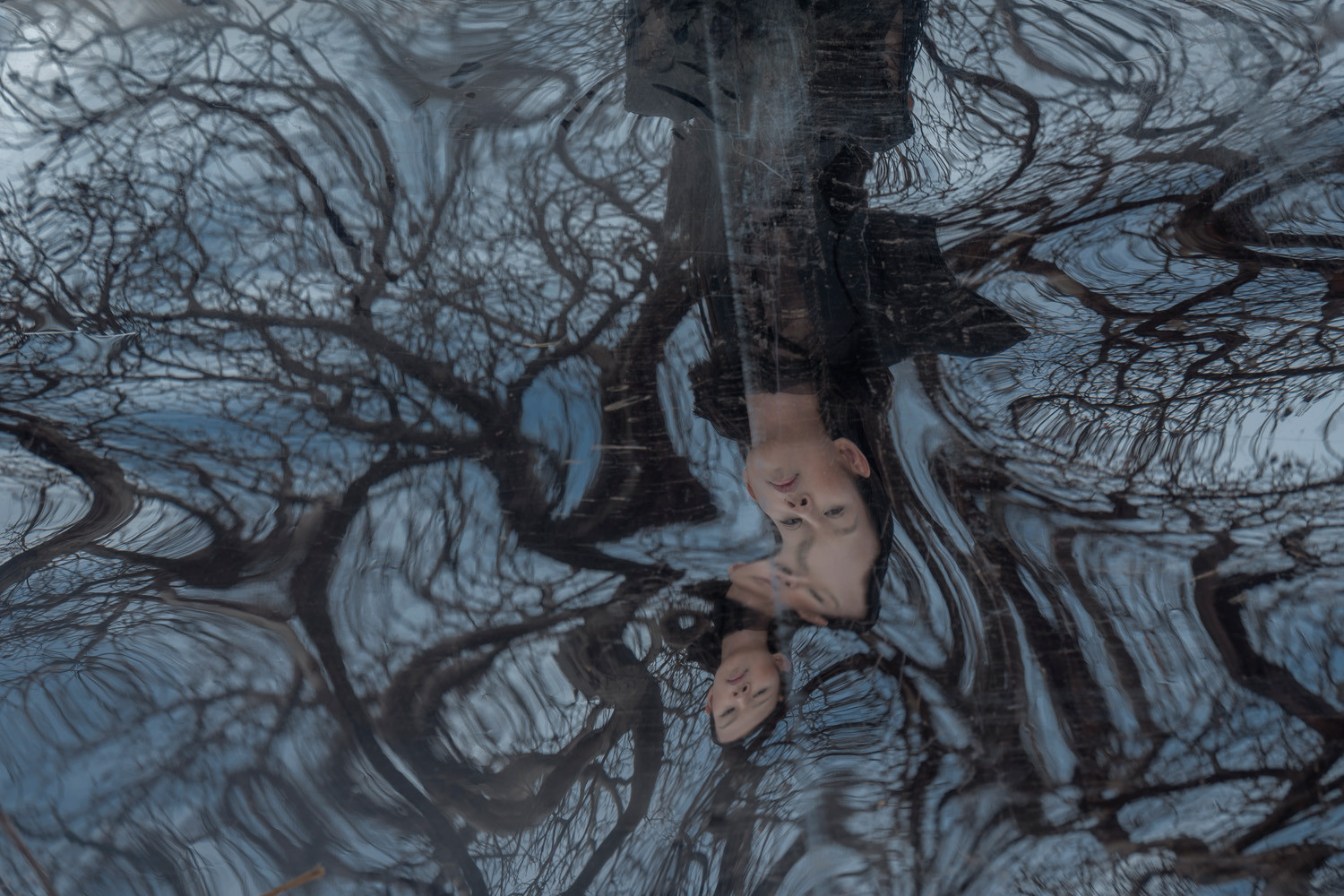
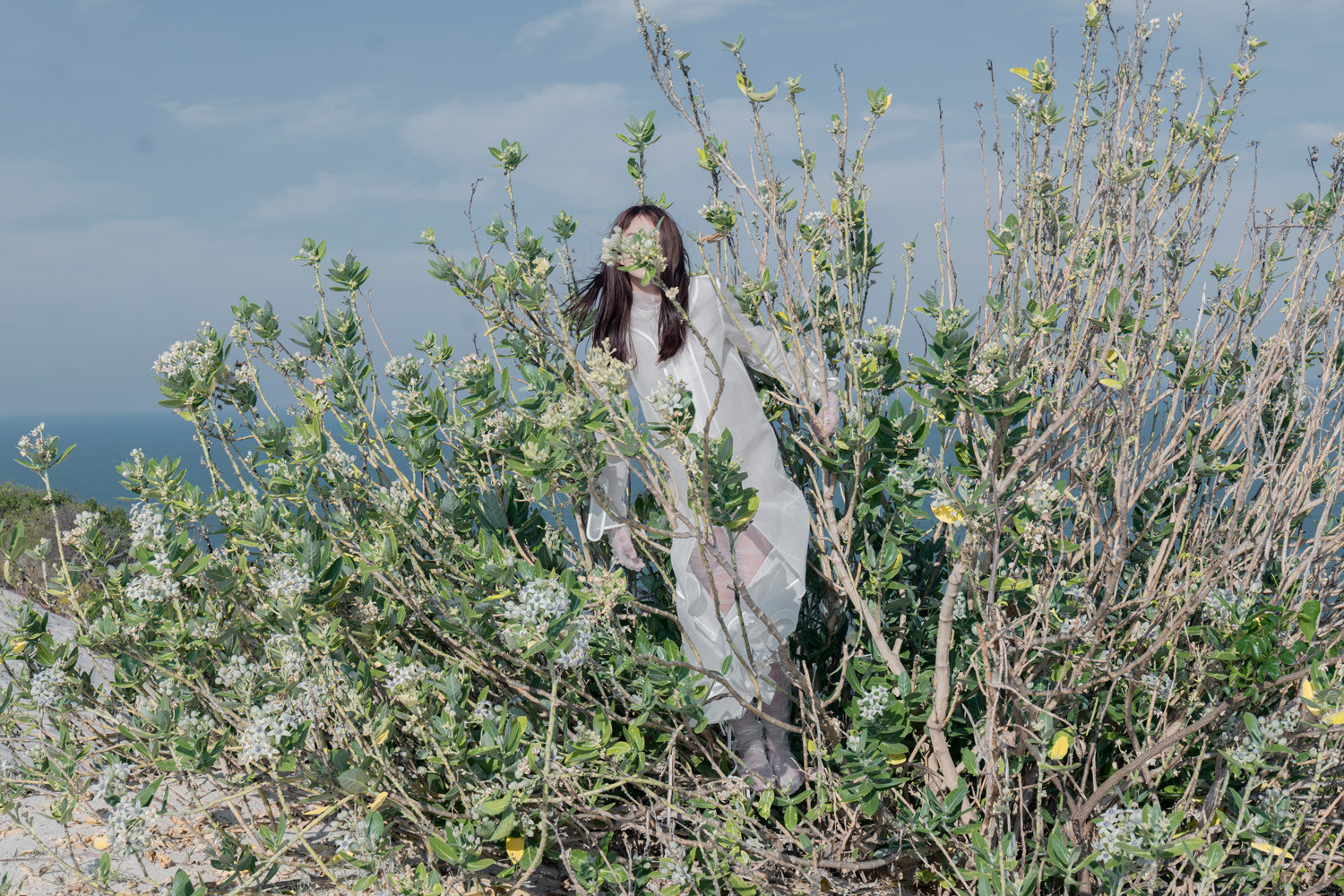
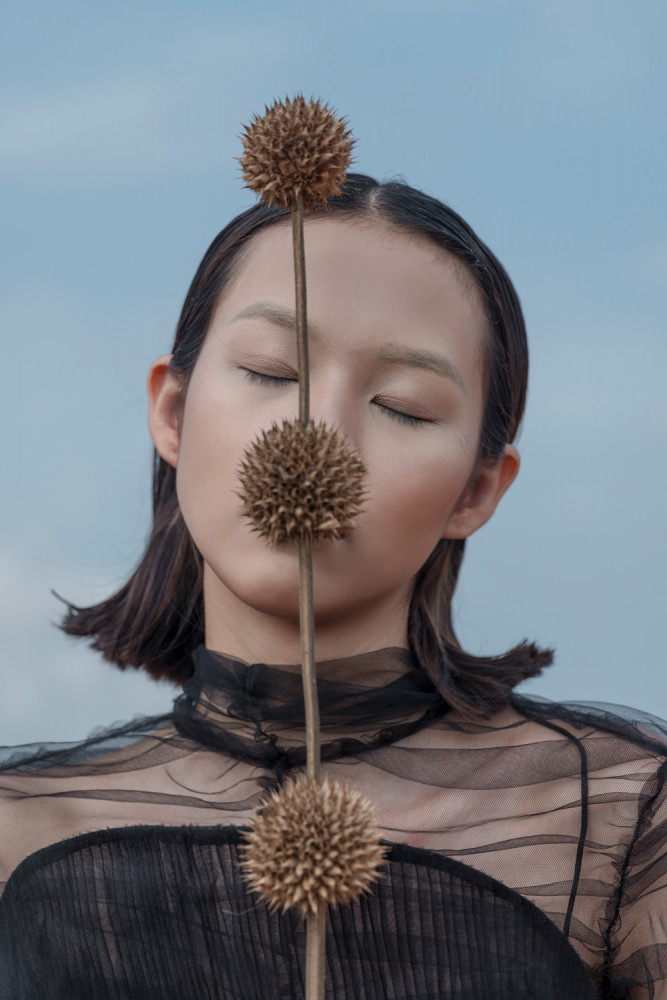
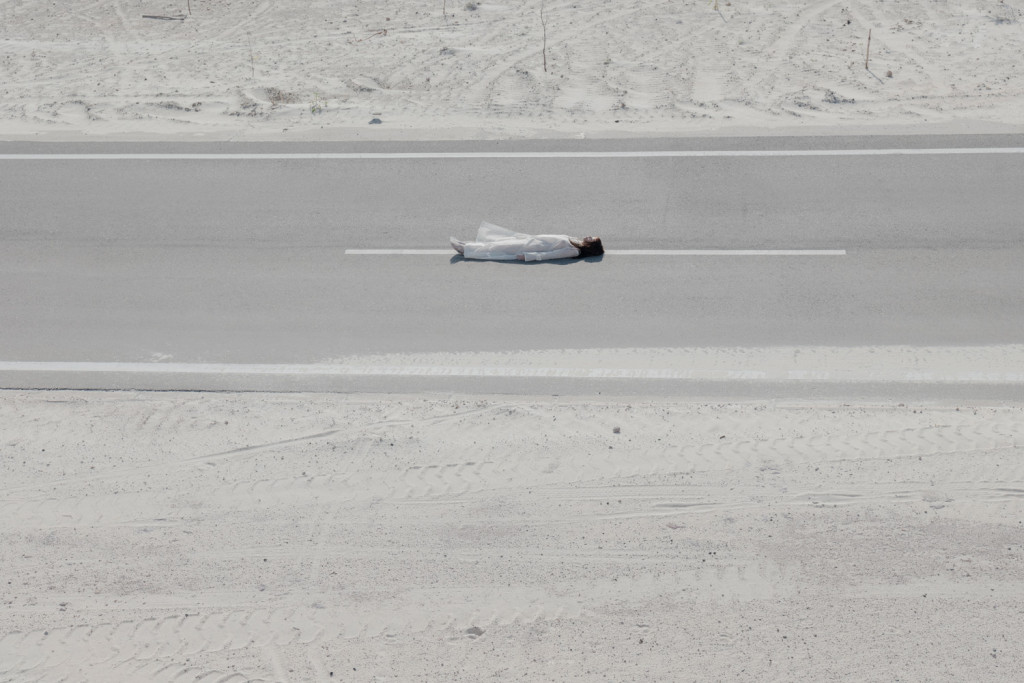
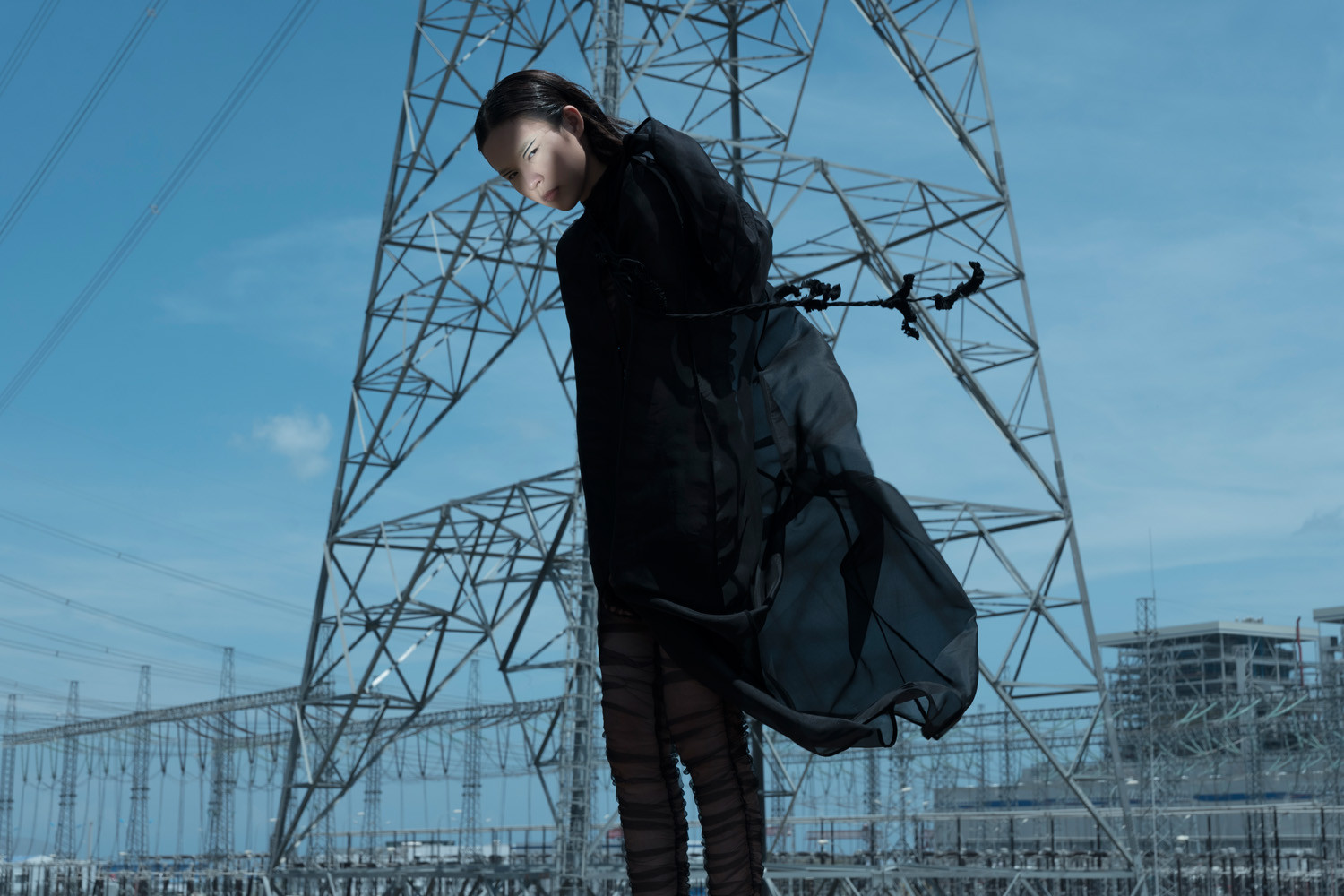
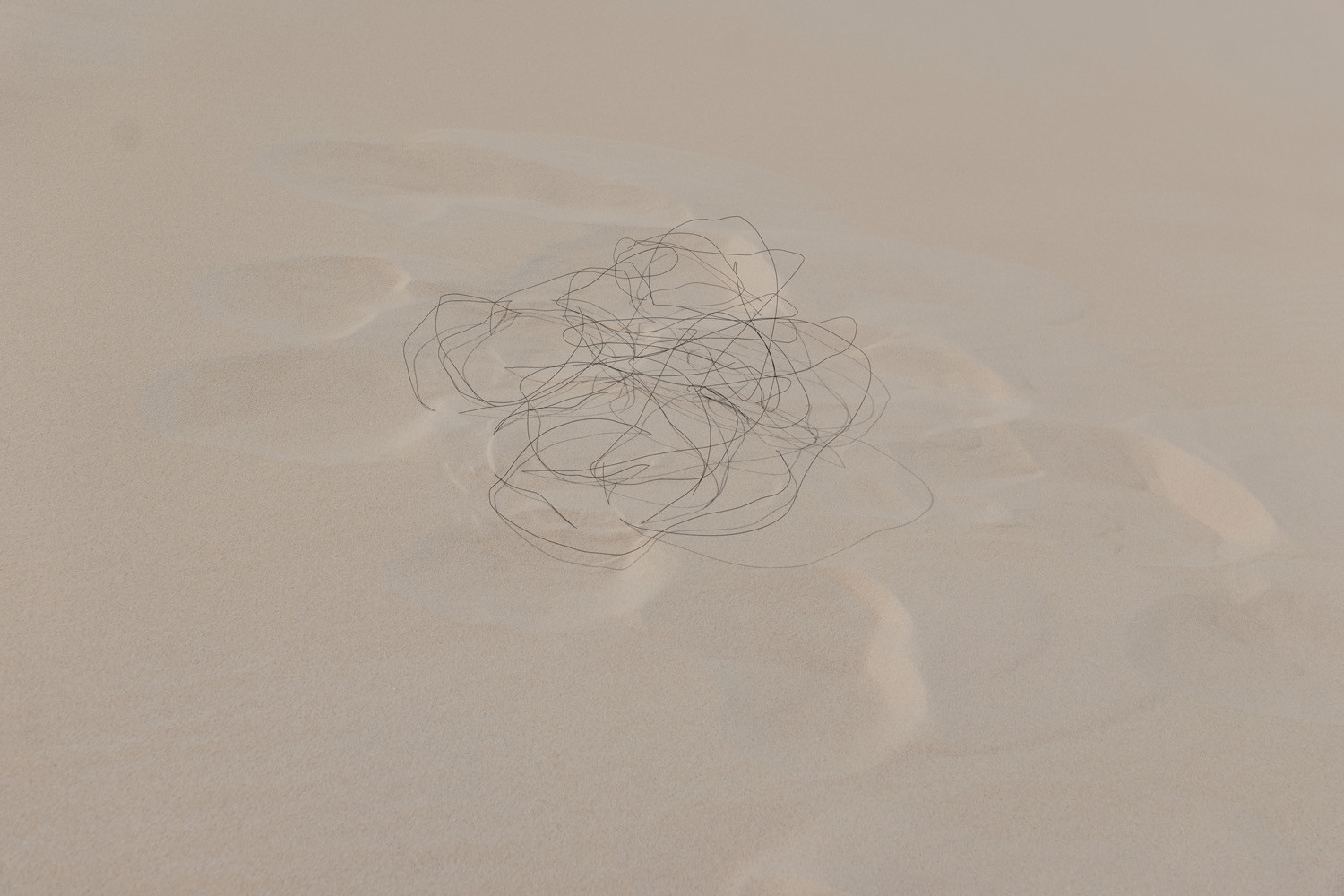

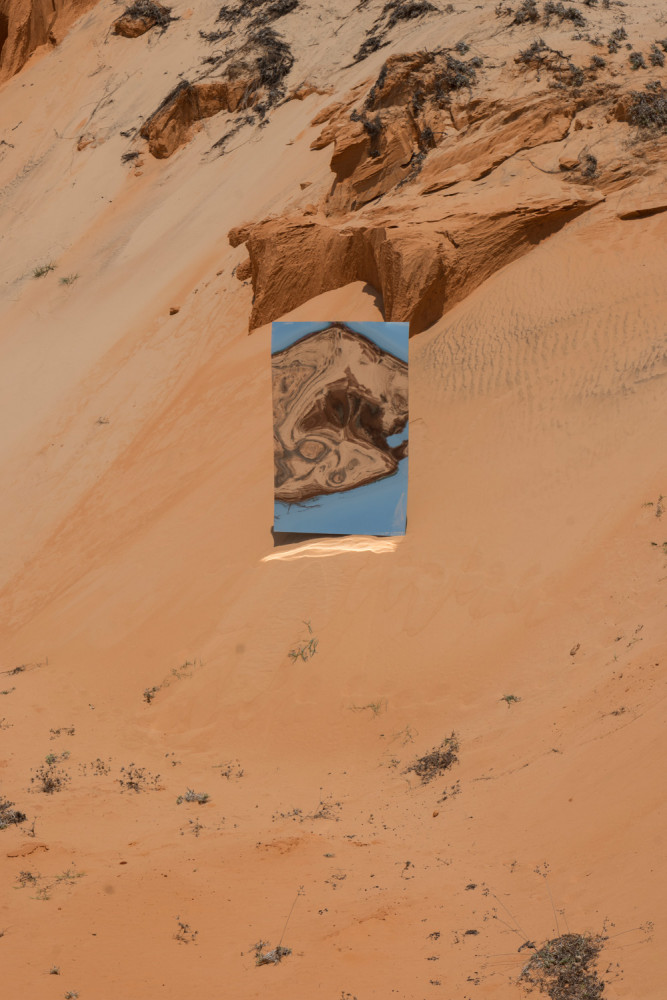
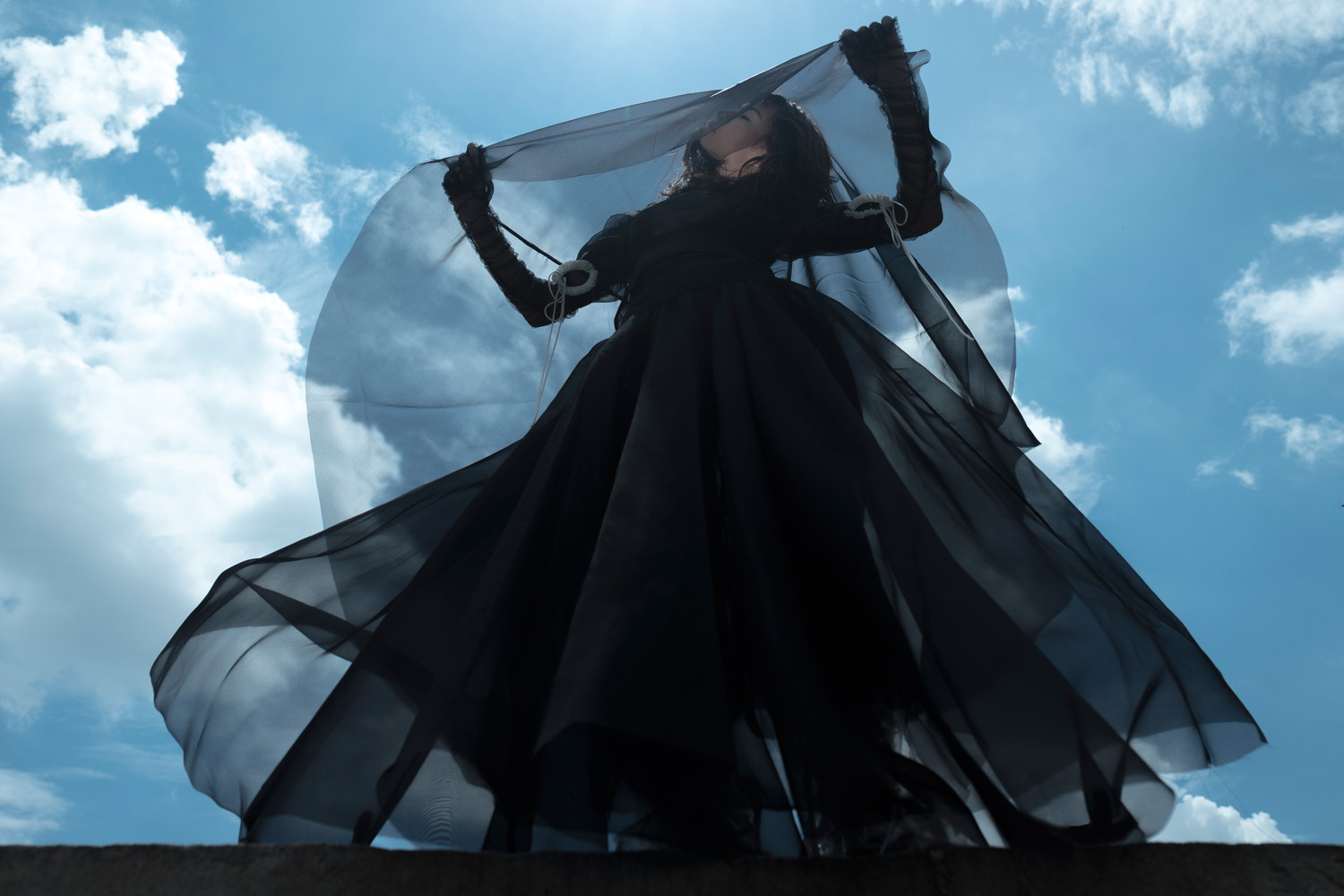
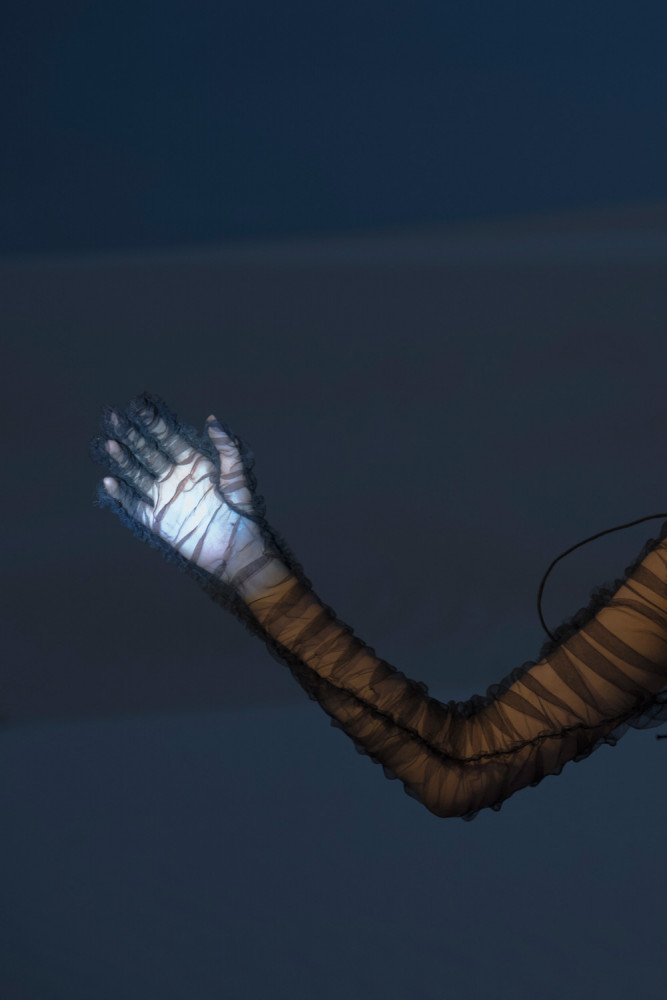
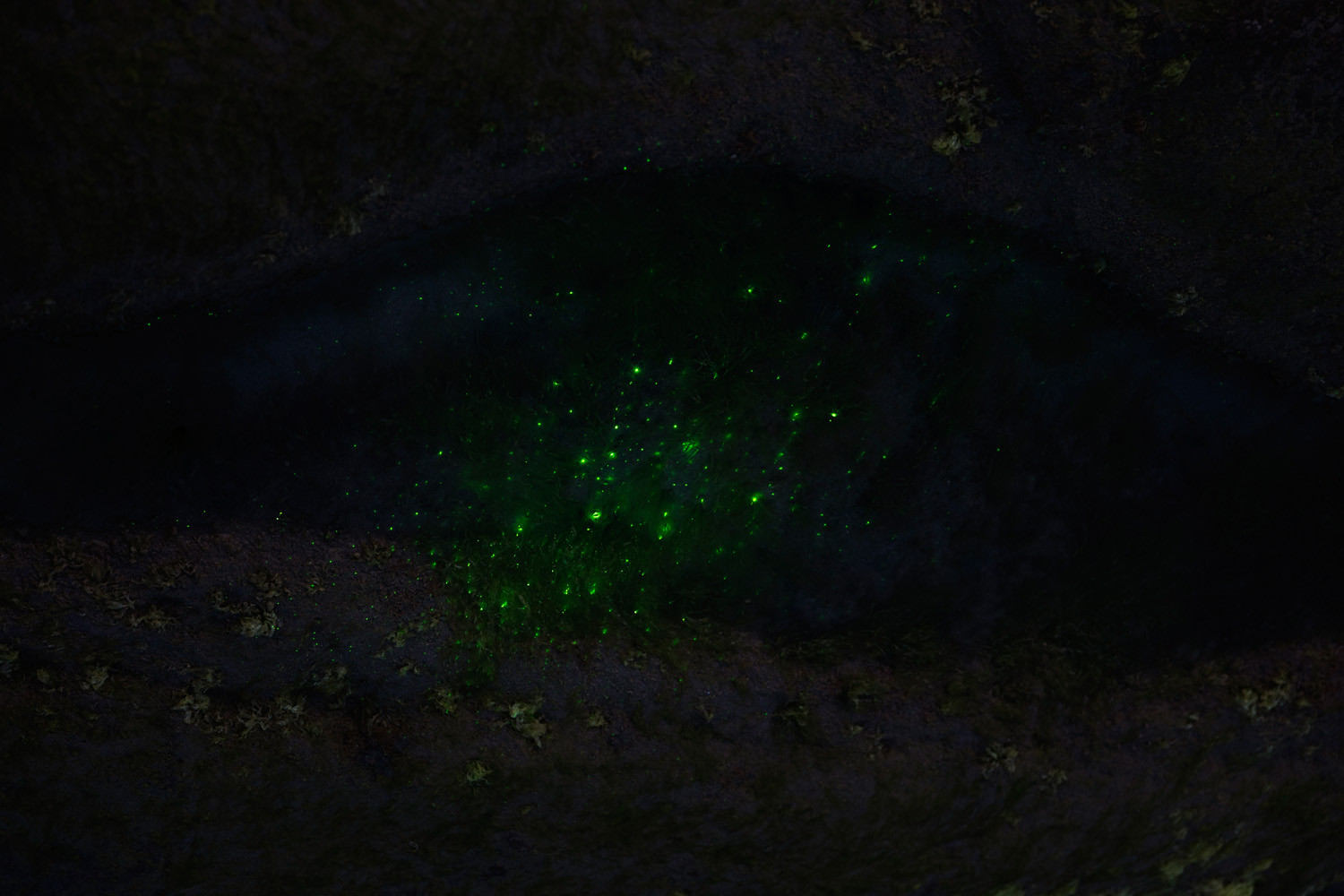
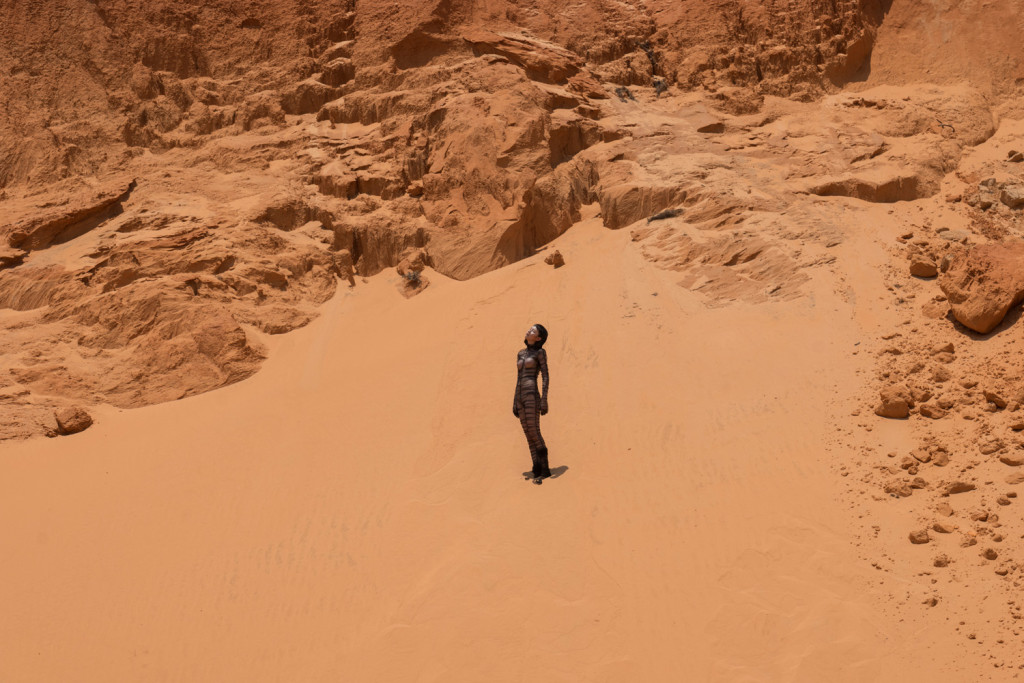
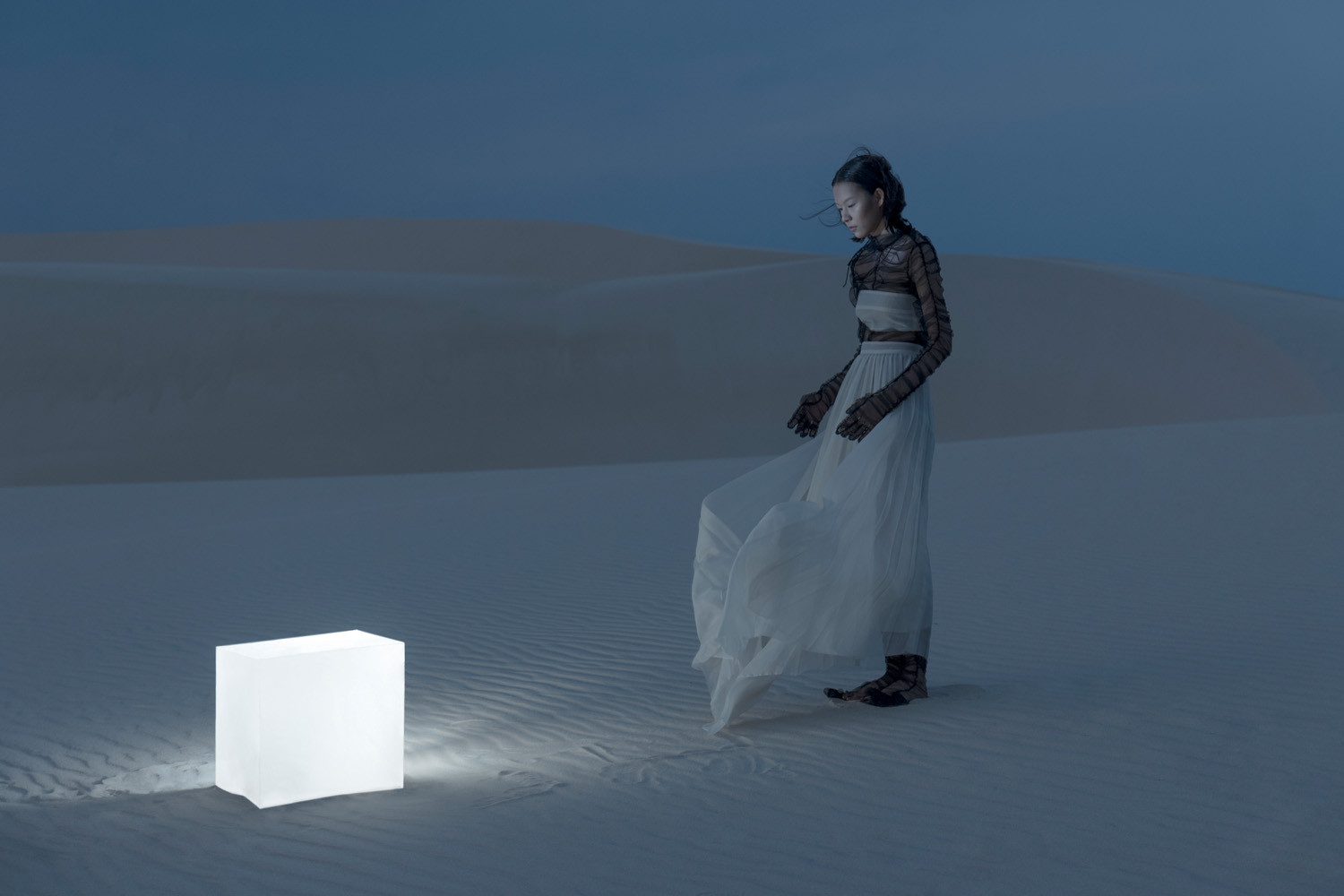
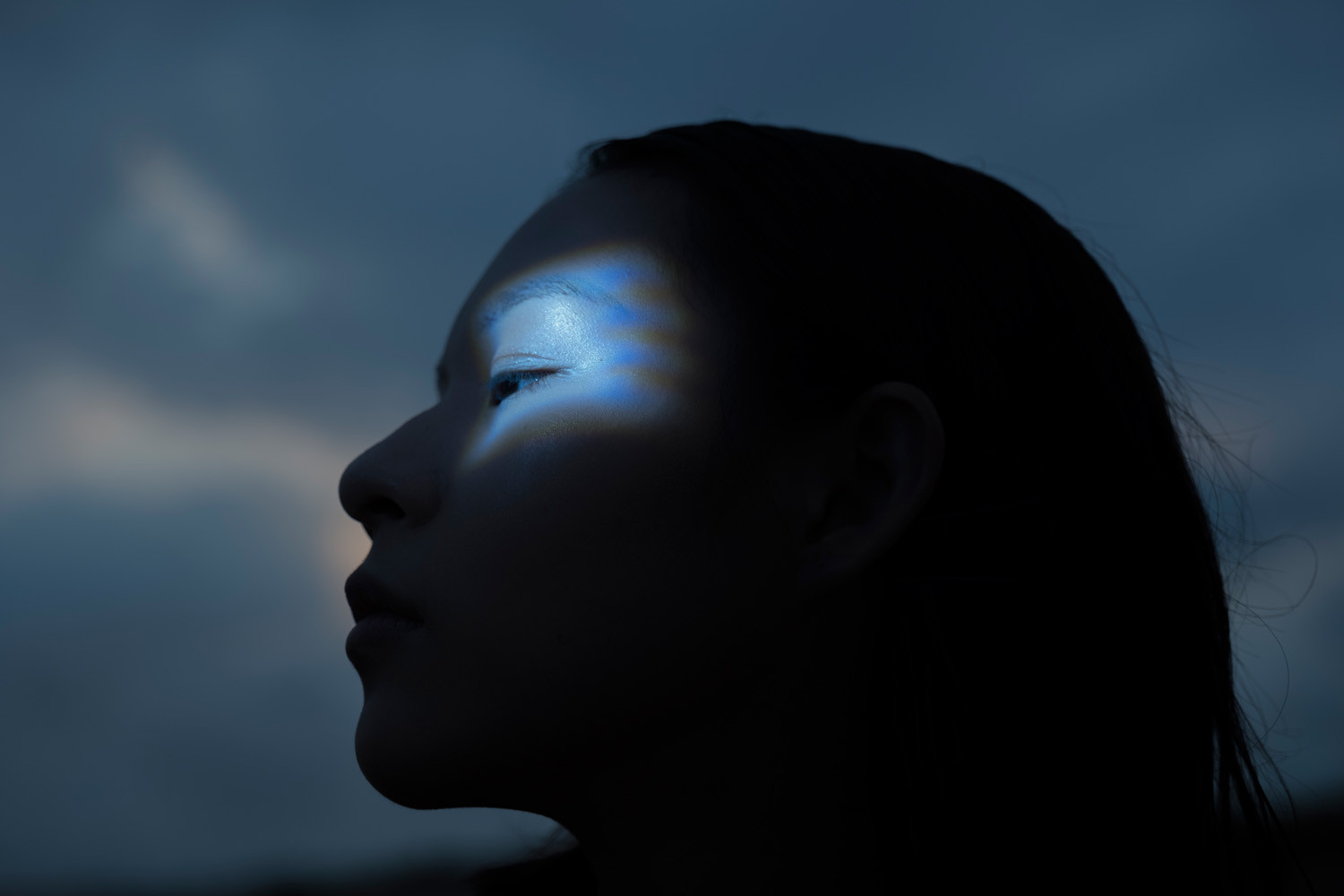
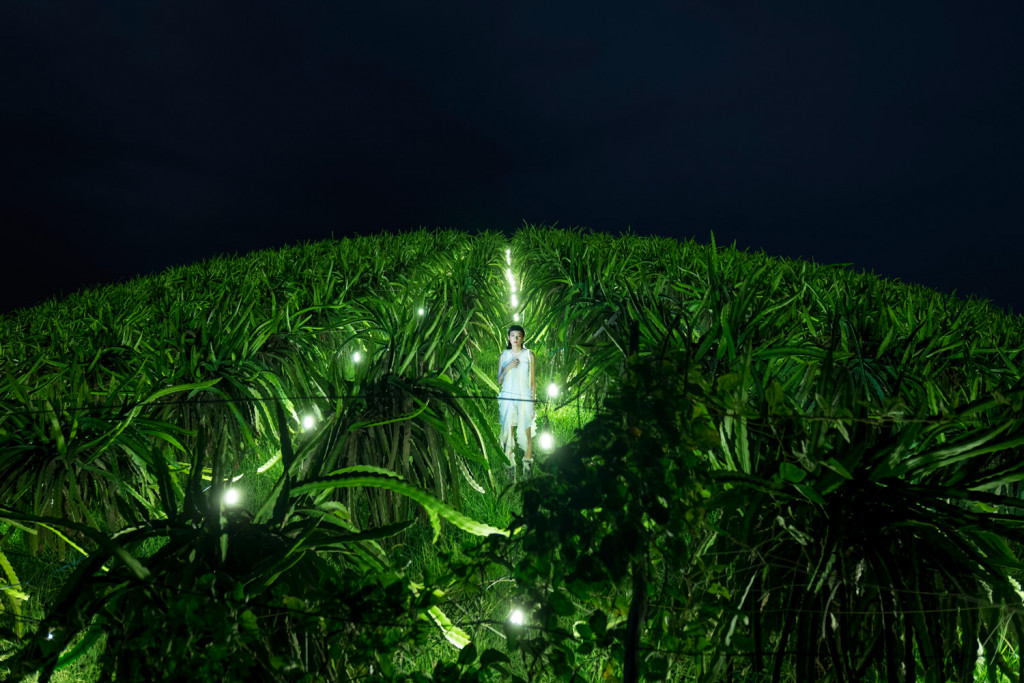


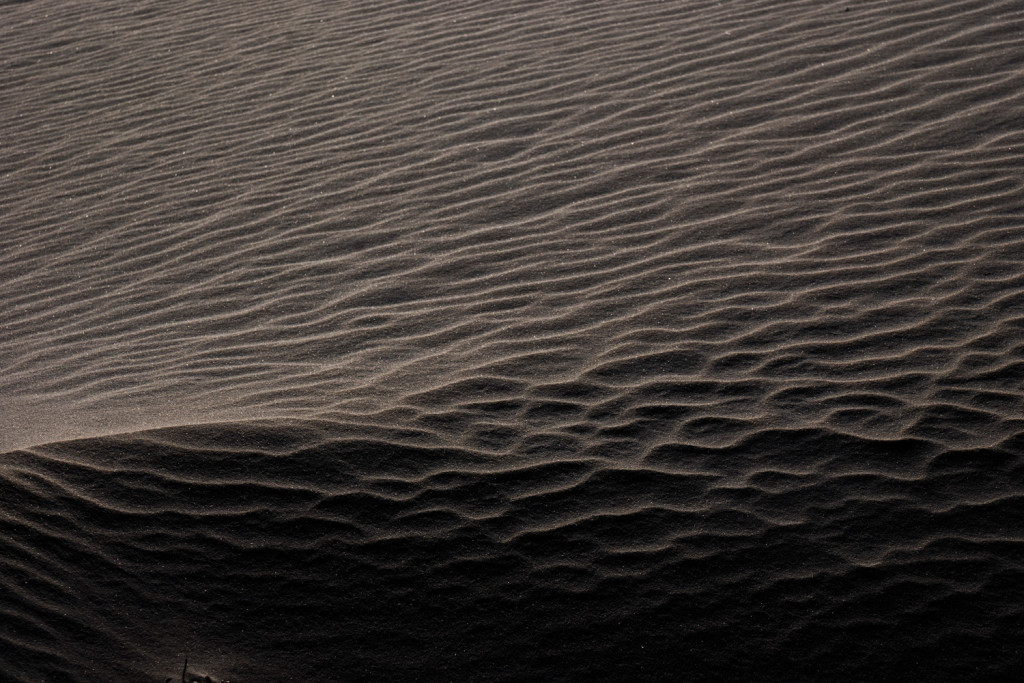
INTERVIEW
Tuan Anh Le
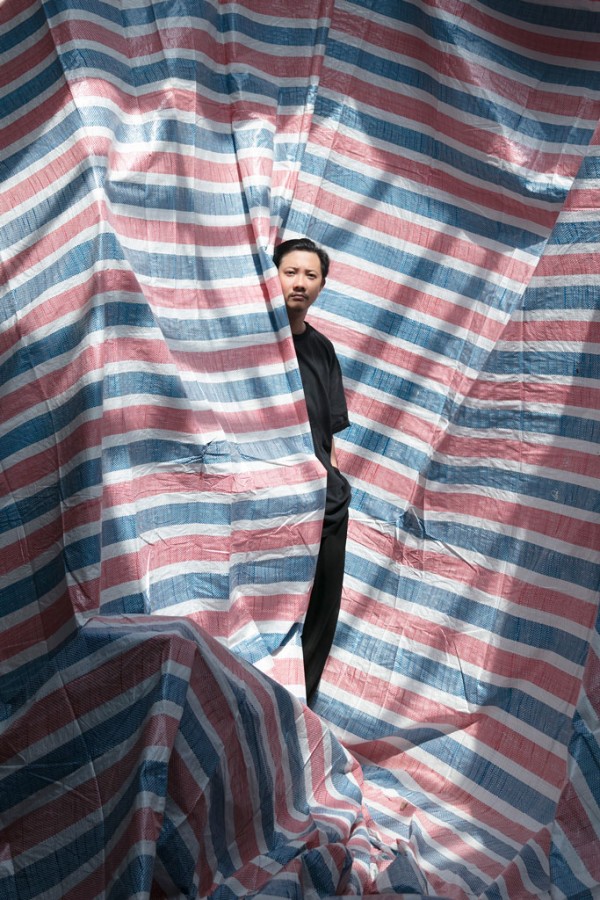
PHOTOGRAPHY Tuan Anh LE CAMERA Leica S (Typ 007) with APO-Macro-Summarit-S 120 f/2.5 (CS) and Leica SL with Vario-Elmarit-SL 24–90 f/2.8–4 ASPH.
Tuan Anh LE is a fashion photographer and Leica Ambassador for Vietnam. His “The Stranger” series speak about being present in the immensity of nature, where people often seem small. With fantastical, surreal compositions, the project also reflects a search for one's own self.
Your series is called “The Stranger”, and the images are embedded in the grandness of nature. Who is the stranger? The human being within the environment or you the photographer?
The name “The Stranger” is inspired by one of my favourite books, “L’étranger” by Albert Camus. However, the strangeness expressed through my photos comes from two perspectives: me as a photographer and nature as such. At some points in my life, when under a lot of different pressures, I somehow felt estranged from my own self, from my own particular way of capturing things, and, certainly, from the society I'd been living in. I decided to take some time out in the wild, and immediately wondered how we would define nature today? What is nature as such? Will we eventually only know nature in the form of national parks, nature reserves and the like? Stop and think; only then could I have a clearer vision of the path I now had to follow.
You said at some point that the purpose of your pictures is to tell stories. What is this story about?
Five years ago, when I decided to quit my job and stop all my creative activities, I presumed it was the most important switch for me. For many years, under the pressure of jobs, sucked into the whirlpool routine of making ends meet and restricted by patronizing standards of aesthetics, my visual creativity had strayed and become a process where humanistic values had turned into mere labour, completely estranged from its own creator. At that point, I abandoned my old self and denied all the unwritten rules of the creative industry. This desertion, or alienation, is described through Albert Camus's main character, Mersault, in “L’étranger”, when he realizes he is no longer himself, but has become a stranger on the margins of society who refuses to "perform". However, that alienation was the temporary yet necessary condition for me to stop, contemplate, and renovate. In this series, my break from the familiar settings of the equipped studio and my rejection of the aesthetic principles dictated by society in order to lose myself in nature, to observe and feel, to be startled by things that once seemed so intimate, reveal the inhumane context that we have always assumed as natural, and that we have been holding at every level of meaning in our lives.
Trees play an important role in your images. Why?
I do consider them a symbol of life. Observing the growth of a tree helps me significantly in nurturing my contemplation.
What is your intention when capturing single, mostly lonely people in or in front of big spaces – like the desert, the sea, or a plantation?
Aren’t those big spaces – natural or not – all created by human beings, directly or indirectly, for their own needs?
Just like the surfaces, the models are also wearing structured/patterned clothing. Are they trying to adapt to their environment or is it the other way around? Do you, as a fashion photographer, adapt them to the environment?
Though working as a fashion photographer, fashion has never been a major factor in my photos. Fabrics, structures, the patterns on the clothing, and even the models are merely means for me to deliver my message. However, I am quite picky when it comes to choosing the right models as well as the right outfits.
There is a saying among natural scientists: “Whoever understands light will understand the universe”. In almost all your images, there is a reference to light – even artificial light. It seems that you don't just use it as a stylistic means but also as a plot in your story…
To me, being a photographer equates to writing with light. In my opinion, lighting is the trickiest but most interesting aspect of a photo. However, by working outdoors with complex lighting equipment and set-ups I might well lose my interest and feeling for the surroundings – not to mention that it could be a waste of time and effort. Instead, I love experimenting with different ways of mixing natural and artificial light. Working without complex lighting equipment is also a challenge that makes me react and adapt quickly to the situation to get what I want. And spontaneity does give rise to magic.
What stylistic means are important to you in your work – besides light and structure?
Space – either indoor or outdoor.
Please describe in detail the equipment you used for this series. Were the images nuanced in post-production?
This series was taken with both the Leica S and SL, which are the cameras that have delighted me most since becoming a Leica Ambassador for Vietnam. In this part of my career, post-production doesn’t play an important role in my work, especially for the images captured outdoors.
Are landscapes, in the way you’ve been using them so far, a focus for your work, or is your focus on the human being?
To me, landscapes have no meaning without human beings in them and vice versa: the focus of my work would be the relationship between the two.
The most fascinating thing about your images is the precise composition coupled with the beauty of all the objects. Dream or reality?
I would love to remain on the thin line between dream and reality, the real and the surreal.